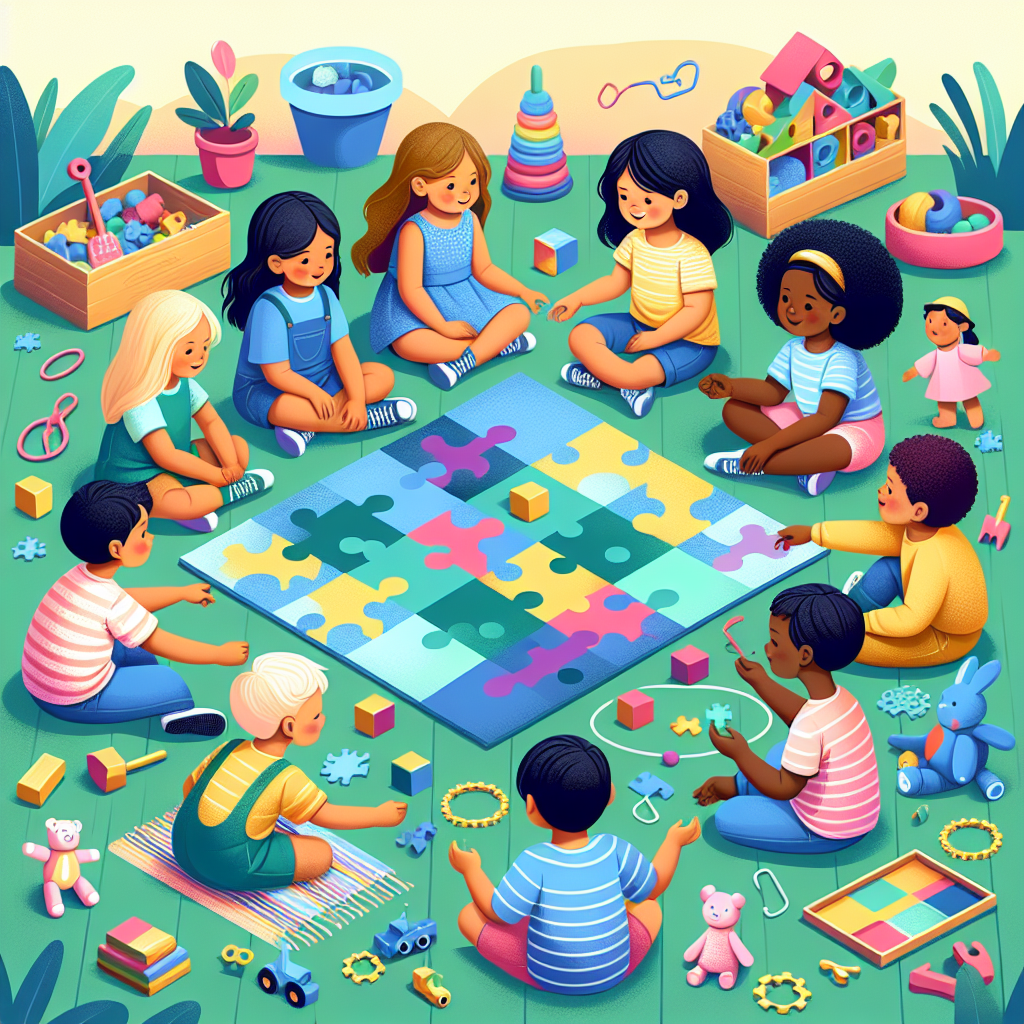The Best Toys for Encouraging Social Interaction
In today’s digital age, encouraging social interaction among children is more important than ever. Toys play a crucial role in helping kids develop these essential skills. Whether you’re a parent, teacher, or caregiver, finding the right toys can make all the difference. In this guide, we’ll explore some of the best toys that foster social skills, teamwork, and communication. 🤝
Table of Contents
1. Introduction
2. Why Social Interaction Matters
3. Top Toys to Encourage Social Interaction
3.1. Board Games
3.2. Building Sets
3.3. Role-Playing Toys
3.4. Musical Instruments
3.5. Puzzle Games
4. FAQs
5. Conclusion
Introduction
Have you ever noticed how children light up when they’re playing with friends? It’s not just fun—it’s vital for their development. Social interaction helps with language skills, emotional intelligence, and problem-solving. But with so many toys on the market, which ones are truly beneficial for social development? Let’s dive into some top picks that can help your child thrive socially. 🎉
Why Social Interaction Matters
Social interaction is the cornerstone of a child’s development. It teaches them how to communicate, share, and empathize with others. These skills are not only essential for personal relationships but also for success in school and future workplaces. Engaging with peers through play helps children understand the world around them and develop a sense of belonging. Let’s take a look at some toys that can facilitate these interactions. 🌍
Top Toys to Encourage Social Interaction
3.1. Board Games
Board games are a classic choice for fostering social interaction. From strategy games like “Settlers of Catan” to cooperative games like “Pandemic,” board games require players to communicate and collaborate. They teach children how to take turns, follow rules, and gracefully win or lose. Plus, they offer a perfect opportunity for families to bond over a shared activity. 🎲
3.2. Building Sets
Building sets like LEGO or K’NEX encourage teamwork and creativity. When children work together to build a structure, they learn to share ideas and compromise. These toys also help develop fine motor skills and spatial awareness. Whether constructing a spaceship or a castle, building sets provide endless possibilities for cooperative play. 🏗️
3.3. Role-Playing Toys
Role-playing toys, such as play kitchens or doctor kits, allow children to explore different scenarios and roles. These toys are excellent for imaginative play and encourage children to communicate and collaborate as they create their own stories. Role-playing helps children understand different perspectives and develop empathy. 🍳🩺
3.4. Musical Instruments
Music is a universal language that brings people together. Introducing children to musical instruments like drums, maracas, or even a small keyboard can inspire group play and cooperation. Playing music in a group setting teaches kids to listen to each other and work in harmony. It’s a fun and engaging way to build social skills while exploring creativity. 🎵
3.5. Puzzle Games
Puzzle games that require teamwork are fantastic for enhancing problem-solving skills and collaboration. Games like “Escape Room” puzzles or “Mystery Jigsaw Puzzles” require players to communicate and work together to achieve a common goal. These games challenge children to think critically and develop strategies, all while bonding over a shared task. 🧩
FAQs
Q: What age group benefits most from social interaction toys?
A: While all age groups can benefit, toys designed for social interaction are particularly impactful for children aged 3-12, as this is a critical period for social skill development.
Q: Are electronic toys good for social interaction?
A: While some electronic toys offer interactive elements, it’s important to balance screen time with traditional toys that encourage face-to-face interaction.
Q: Can these toys be used in educational settings?
A: Absolutely! Many of these toys are perfect for classrooms and can be used to complement educational curricula by fostering teamwork and communication skills.
Conclusion
Choosing the right toys can have a significant impact on a child’s social development. By incorporating toys that encourage interaction and collaboration, you’re helping your child build essential life skills. Whether through a captivating board game, a creative building set, or a musical jam session, the possibilities for social growth are endless. So, next time you’re shopping for toys, consider those that will not only entertain but also enrich your child’s social life. Happy playing! 🎈
